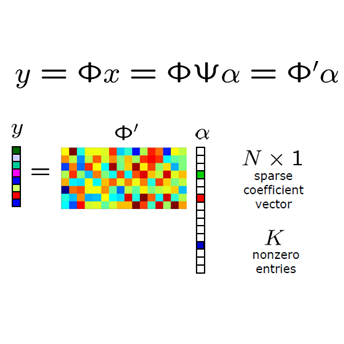In this paper, we aim to estimate the direction of an underlying signal from its nonlinear observations following the semi-parametric single index model (SIM). Unlike conventional compressed sensing where the signal is assumed to be sparse, we assume that the signal lies in the range of an $L$-Lipschitz continuous generative model with bounded $k$-dimensional inputs. This is mainly motivated by the tremendous success of deep generative models in various real applications. Our reconstruction method is non-iterative (though approximating the projection step may use an iterative procedure) and highly efficient, and it is shown to attain the near-optimal statistical rate of order $\sqrt{(k \log L)/m}$, where $m$ is the number of measurements. We consider two specific instances of the SIM, namely noisy $1$-bit and cubic measurement models, and perform experiments on image datasets to demonstrate the efficacy of our method. In particular, for the noisy $1$-bit measurement model, we show that our non-iterative method significantly outperforms a state-of-the-art iterative method in terms of both accuracy and efficiency.
翻译:在本文中,我们的目标是根据半参数单一指数模型(SIM)的非线性观测来估计一个基本信号的方向。与假定信号稀少的常规压缩感测不同,我们假设该信号存在于一个以捆绑的美元输入量为单位的L$-Lipschitz连续基因化模型的范围,这主要是由于在各种实际应用中深层基因化模型的巨大成功。我们的重建方法不可靠(虽然接近投影步骤可能使用迭接程序)而且效率很高,并且显示它达到了接近最佳的美元/美元(k\log L)/m}的统计率,而美元是测量数量。我们考虑SIM的两个具体实例,即噪音1美元和立方测量模型,并在图像数据集上进行实验以证明我们的方法的有效性。特别是对于噪音1美元比特的测量模型,我们显示,我们的非描述方法在准确性和效率两方面都明显超出州-迭接方法。




